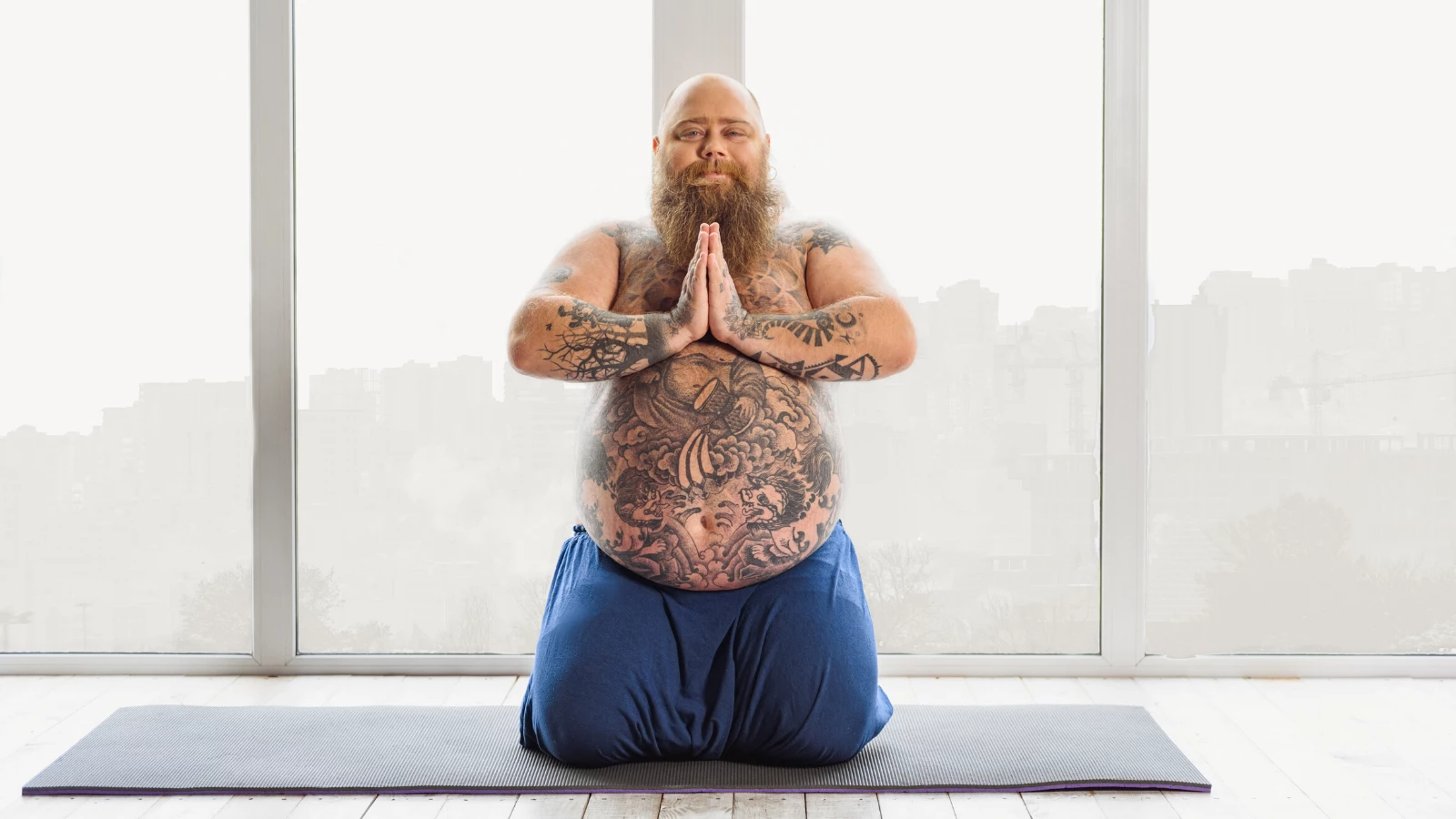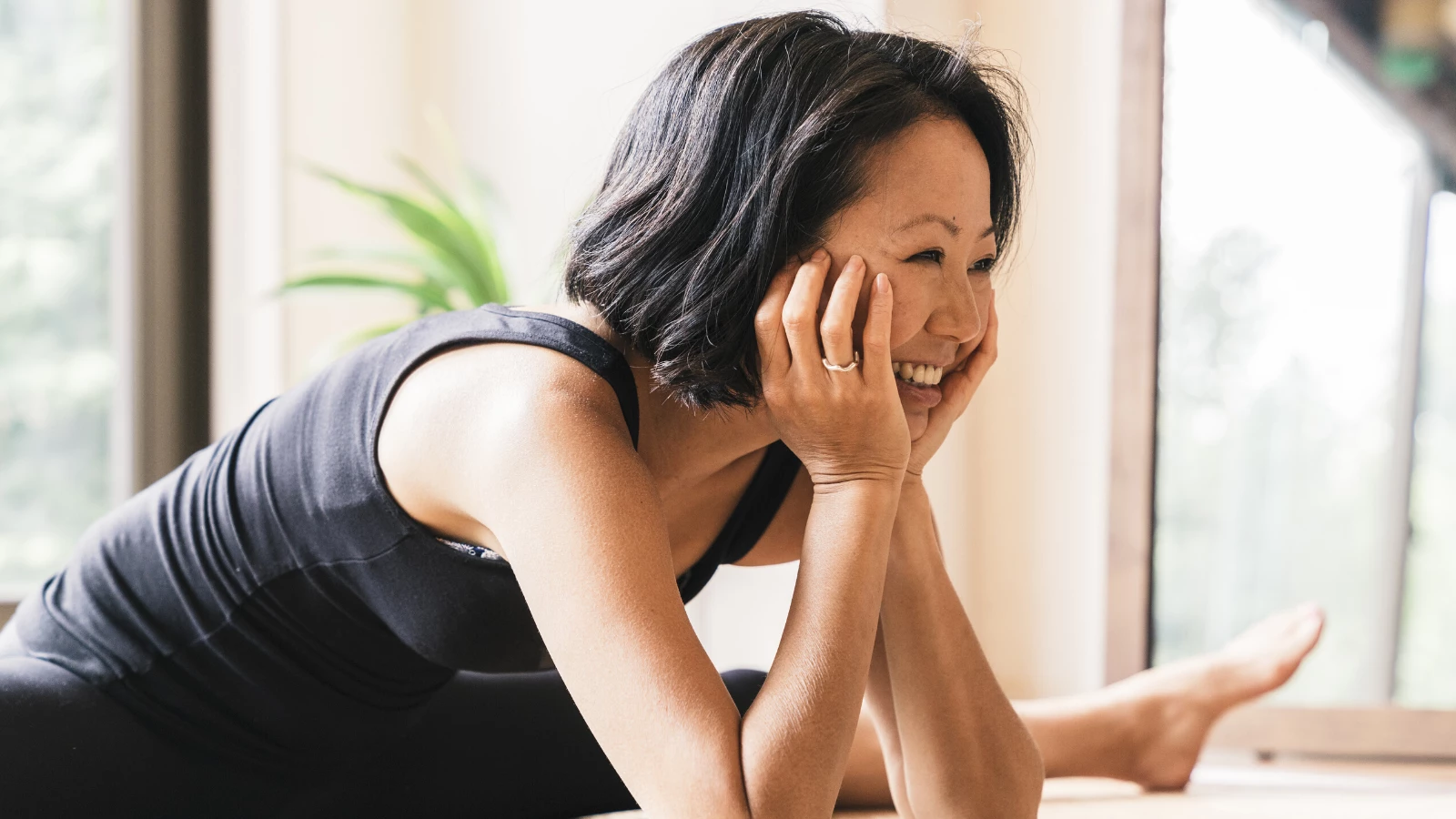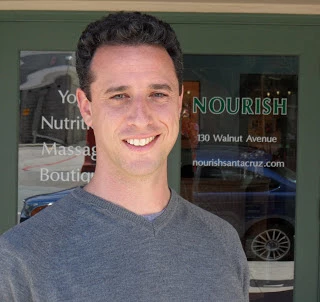Daya: A Yoga Practice of Compassion

I am not as compassionate as I would like to be. I am inclined to be ego-driven and to retreat to my own corner of the world. My ego tells me that above all else that what I perceive to be “me” should be safeguarded, preserved, and strengthened. And that is precisely why I intentionally practice compassion, daya, identified in the Yoga Yajnavalkya (chapter 1, verse 63) as a yama “ … to be kind to all beings everywhere.”
If I practice Vasisthasana (Side Plank Pose) regularly, it is by no means easy, but it is much easier than if I do not practice Side Plank Pose regularly. In the same way, if I practice daya regularly, it is not necessarily easy to be compassionate, but it is much easier than if I do not intentionally practice daya.
Just like my shoulders and core muscles get weaker without a Side Plank practice, my compassion gets weaker without a daya practice. Or, said more positively, the more I practice daya, the easier it becomes to find it in moments of challenge, just as it is easier for me to access the strength of my upper body if I consistently practice Side Plank Pose.

Compassion Starts with Yourself
Rather than using the yamas and niyamas as moralizing bludgeons, we can simply use them as additional ways of practicing yoga. So, if you, like me, are not as compassionate as you would like to be, it’s okay. You can get better at it by practicing daya. A good place to start is with yourself. Let’s avoid getting too meta here and use an example other than being compassionate with yourself about not being compassionate. Let’s just take something simple, like breathing.
You sit down to practice, and you begin by paying attention to your breath. Whether you are going to engage in a practice of meditation or asana, you know that paying attention to your breath is important for mental focus, calm, and centering.
If you’ve practiced before, you know that inevitably there will be some moment when you are no longer paying attention to your breath, and there will be a moment when you realize this. Very common internal responses to the forgetting then remembering are: to chastise yourself for your forgetfulness, to try to figure out why you are so forgetful, to rank yourself among what you imagine to be the hordes of non-forgetful practitioners, and, worst of all, to throw in the towel on your practice and feel defeated.
Of course, none of these responses seem like the best solution. Traditionally, good teachers will tell you that if your concentration on the breath wanes, then once you notice it, simply bring your awareness back to the breath. This is good advice, and I give it to students all the time, but I think it is missing at least one step, and that is the step of practicing daya.
Once you have noticed that your mind has wandered from the breath, first intentionally feel compassion for your wandering mind. Recognize the nature of the mind and accept it for what it is.
This step of compassion first will determine how you bring your awareness back to the breath. You will be less inclined to dwell in the negative emotions associated with frustration, fear, and even anger, and will be more inclined to gently slip back into breath practice.
Again, this is a practice. Being compassionate with yourself once is great, but you will get better at it if you start applying daya to all kinds of your behaviors, not just remembering your breath.

Expanding the Practice
As you begin practicing self-compassion, you can also practice compassion in your interactions with the world around you. As you did within your mind, notice the nature, motivations, and experiences of other beings. While driving, for example, when the person in the lane next to you cuts you off, notice that your first response is a survival instinct: you hit your brakes or swerve or take some other seemingly involuntary action.
But your next response—the one that immediately follows the action that saves your life—is an internal one. I know that often my internal response is to try to figure out why that person is so inconsiderate. My ego judges them and separates them from me.
I start to think things like, “I would never do something like that. Why can’t everybody be better drivers (i.e., better people)? They are driving a more expensive car than mine so they must think that they are better than me. They are driving a less expensive car than mine, so they must not care about other people’s personal property, etc.”
Now that I know this about my mind, in these circumstances, I have another opportunity to practice daya. I practice considering the circumstances under which that person may have acted in that way. Perhaps the act was not malicious at all; they really did their best and just didn’t see me. Or, it is possible that they really do think that they are better than the other drivers on the road and therefore deserve to act in such a fashion.
While at first, this may make me angry, I intentionally practice feeling compassionate instead by recognizing what an isolating feeling that must be for them. This practice of daya allows me to feel more connected and integrated with the world and the beings in it.
Also, from YogaUOnline and Victor Dubin-Low Pressure Tactics: Using Yoga To Lower Blood Pressure.
Reprinted with permission from Yoga for Healthy Aging.

Victor Dubin, ERYT-500, has been teaching yoga full-time in Santa Cruz, CA, since 1996. He is co-founder and owner of NOURISH, a wellness center in Santa Cruz that offers yoga classes, nutrition consultations, and massage. In addition to his full schedule of regular classes, Victor also leads both a 200 and 500-hour yoga teacher training program. Victor is the author of Ignite Your Creativity and Stoke Your Compassion: 40 Essential Yoga Postures.
For more information, go to nourishsantacruz.com.




